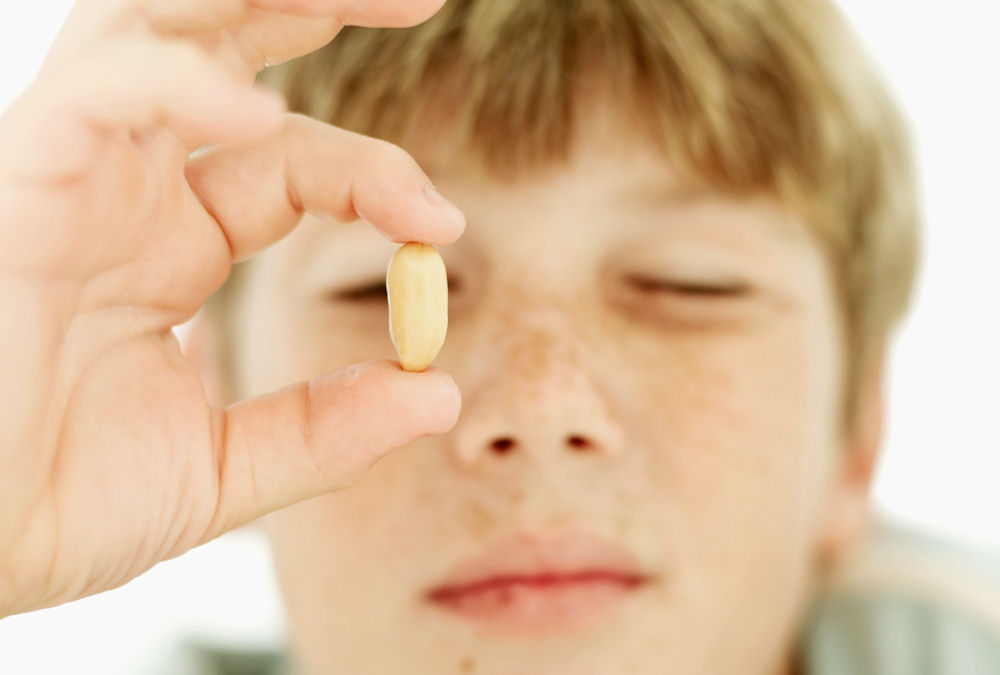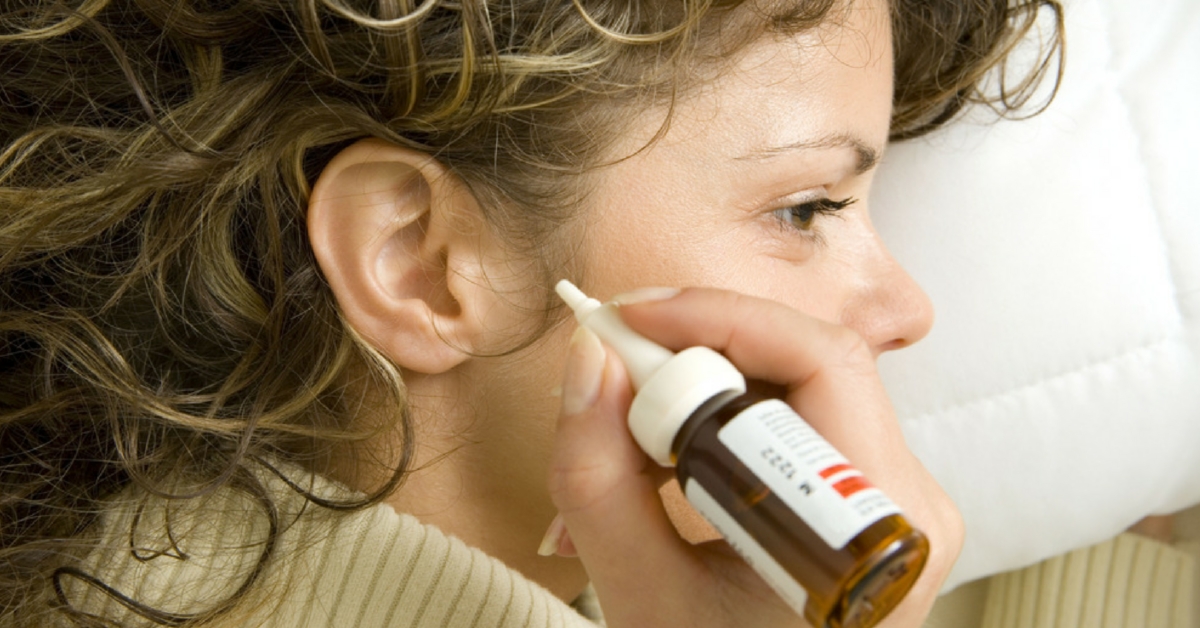2015 Oh What A Year For Advances In Pediatric Medicine!
Ready or not, here we go again with another year in pediatric medicine. Statistics all start over; so, for things like “rates” (you know: death rates, immunization rates and injury rates) it’s like calling “kings X” and getting to start from scratch.
Advances in pediatric medicine
In all 2015 was a fine year; but, I’m not unhappy it’s over. However, I’ve found over the years that it does pay to occasionally stop and review back a bit – if only to keep our heads (and hearts) from being weighed down by all the “rates” and causing us to forget what we’ve researched and discovered.
Paper-pushers and computers can spew out “rates” till we’re sick of them; but, discoveries… those are the domain of the clinicians. Intrepid souls in the trenches who can tell you the colors of their eyes – cause they’re looking in them.
Discoveries here are hard won, all. Let’s highlight what we learned for the kids last year.
Highlights Of 2015 Advances In Pediatric Medicine
Peanut Allergy – Wow what a surprise
Diet in Infancy Reduces Peanut Allergy Risk Later in life – we didn’t see that coming!
Researchers reported data from the Learning Early About Peanut (LEAP) study which showed that a dramatic reduction in the incidence of peanut allergy among high-risk infants (those with family histories) is possible.
Infants with strong family histories for peanut allergies entered the study between ages 4 to 11 months and were randomly assigned to a diet strategy and given a baseline test (skin-prick) for allergies. They continued that diet through follow-up at age 60 months (5 years).
Which diet do you think reduced the risk for peanut allergy: Peanut avoidance, avoidance till 2 then consumption or consumption the whole time?
It was: Peanut consumption the whole time through follow-up which seemed to lessen the development of peanut allergy.
At 60 months: A) Those who had a negative skin-prick test at baseline – 13.7% in the avoidance group and 1.9% in the consumption group ( P < .001 ) had developed an allergy; and,
B) those infants with a weakly positive skin-prick test at baseline – 35.3% in the avoidance group and 10.6% in the consumption group had developed an allergy.
Hearing about the finding, some doctors called for an immediate change to clinical practice. In August, the AAP endorsed a consensus statement supporting the introduction of peanut-containing foods into the diets of high-risk infants aged between 4 and 11 months.
New Autism Genes Discovered
There are now 65 known genes known to be involved with the autism spectrum of symptoms, six known areas of genes known to be at risk for mutations and two categories of methods where research should be concentrated.
Last year researchers completed the most extensive genetic study ever done on Autism Spectrum Disorder (ASD).
They added 27 additional genes not previously linked to the disorder establishing a total of 65 genes now believed to contribute to autism by a variety of methods – most as yet undelineated.
Additionally, they confirmed the existence of six large regions of chromosomes which are prone to duplication errors (copy number variants) as parental genes split to form sperm and eggs thereby creating fresh new genetic risks for autism in their families.
We now know that these 65 genes can be classified into two main functional categories: those that involve the function of nerve synapses (connections) and those that involve chromatin (a pigment).
The new battle-line going forward then will be to discover when, where, and how these genes interact and focusing on the developmental time period, brain region, and cell types which are disrupted in autism.
Strep Throat Treatment
Antibiotics clear infectivity of Strep throat earlier than we thought.
Until 2015 all state and national guidelines for school participation demanded that children be on antibiotics for strep infections for 24 hours before they should return to school. We know now that strep is rendered non-infective sooner than that.
A study showed that when children treated for documented strep throat returned for a repeat strep test between 12 and 23 hours, 91% had no strep detectable on the follow-up throat culture.
Additionally, it didn’t matter statistically whether or not the child had received the second dose of antibiotic yet the morning of the repeat culture.
The researchers concluded that children treated with amoxicillin for strep throat may return to school in as little as 12 hours after their first dose without putting other children at risk of contracting the illness.
FDA Orders a Halt to Unapproved Prescription Ear Drops
This falls in the classification of “why on earth is this listed here” because it’s not research, rather a unilateral edict by the Food and Drug Administration.
In July, the US Food and Drug Administration (FDA) demanded a halt to the manufacture and distribution of unapproved prescription ear drop products labeled to relieve ear pain, infection, and inflammation.
For a variety of historical reasons, some drugs, mostly older products, had continued to be marketed in the United States without required FDA approval.
The FDA warned the manufacturers that they must halt their production and shipping immediately or be subjected to enforcement actions, including seizure, injunction, and/or criminal proceedings. The products include: benzocaine (topical anesthetic), antipyrine (pain reliever), zinc acetate (astringent) , chloroxylenol (broad antimicrobial), hydrocortisone (anti-inflammatory), and pramoxine (topical anesthetic).
Physicians around the country were disgusted by the controversial action because the products have been used with obvious benefit for decades with minimal side-effects.
3 Posts in 2015 Med Advances (2015advances) Series
- ADHD - Bronchiolitis – 8 Jan 2016
- Peanuts - Ear Drops – 4 Jan 2016
- 2015 Medical Advances: Intro/Index – 3 Jan 2016





